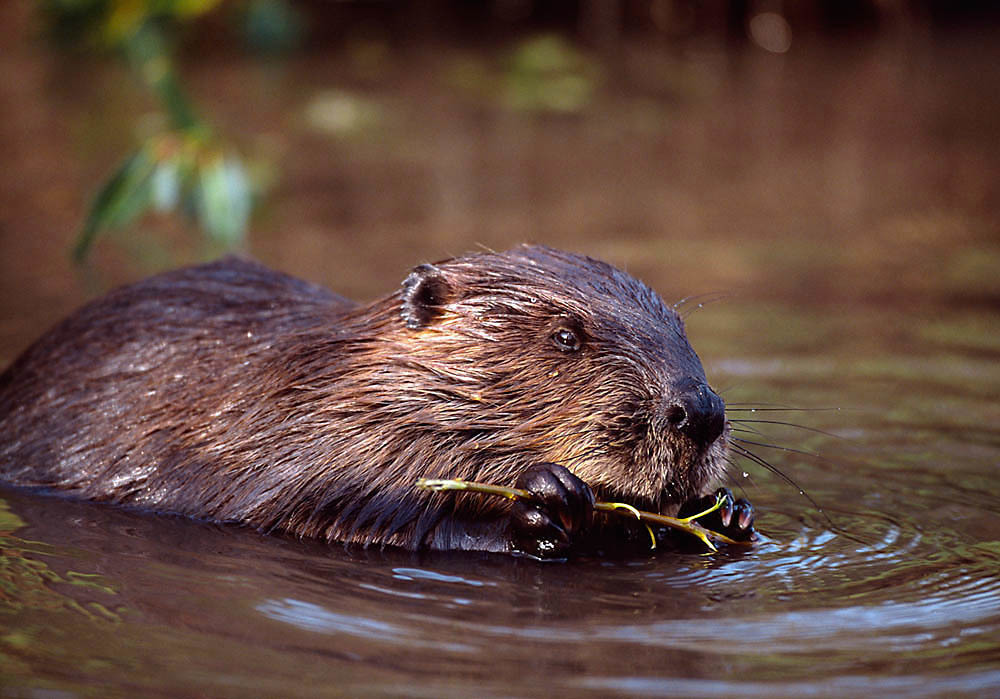The reintroduction of beavers to Scotland could bring major environmental and economic benefits, an award-winning conservation charity has claimed.
Trees for Life has spoken out in favour of the species return to the wild ahead of a Scottish Natural Heritage report on the five-year trial reintroduction in Knapdale, Argyll.
The agency is expected to submit the report to the Scottish Government in the next two weeks and it could pave the way for the government to allow beavers to live in Scotland again.
Trees for Life said species could generate millions of pounds through eco-tourism
And the charity says that reintroducing this native animal would allow the UK to play ecological catch-up with other European nations, 25 of which have already reintroduced the beaver, with Sweden leading the way as long ago as 1922. The UK is one of only seven countries still lacking an officially-sanctioned wild beaver population.
Alan Watson Featherstone, Trees for Life’s executive director, said: “The beaver deserves to be welcomed back to Scotland with open arms. These remarkable ecosystem engineers can transform the health of our rivers and forest ecosystems, and could benefit communities through an estimated £2million tourism revenue annually.
“We are legally obliged by European directives to consider the beaver’s reintroduction, and – having caused the animal’s extinction – we have an ethical obligation too. Reintroducing beavers to Scotland would be the right thing to do and a historic leap forwards for rewilding – the restoration of our damaged ecosystems.”
Beavers are a “keystone species”, meaning that they play a critical ecological role and provide a range of benefits for other species. They fell trees, letting light into the forest, enabling other species to grow. By damming watercourses they create wetland areas, habitats for amphibians, invertebrates and fish, which in turn attract birds and otters. Their actions can improve water quality and reduce flooding.
Occasionally, beavers’ burrows and dam building can cause localised flooding and tree felling issues. Trees for Life believes that the concerns of landowners and others can and should be addressed, using simple, proven methods that have worked in other countries.
The European beaver (Castor fiber) was present in the UK until the 16th century, before it was hunted to extinction for its pelt, meat and musk oil.
